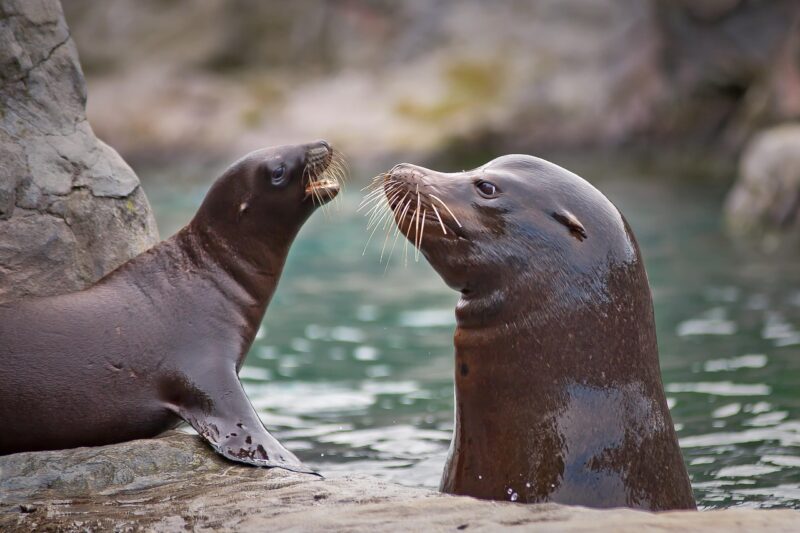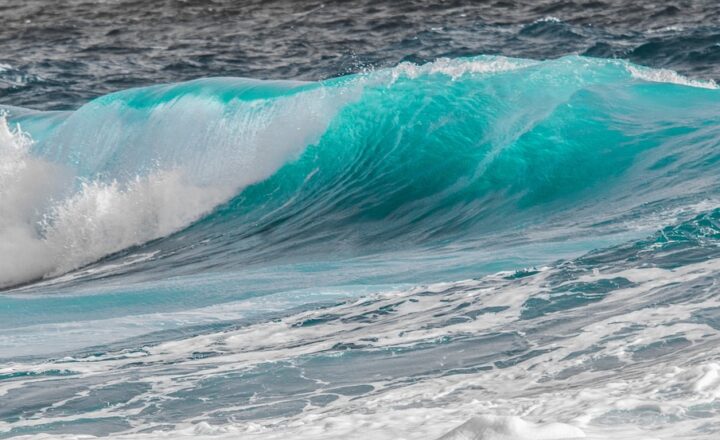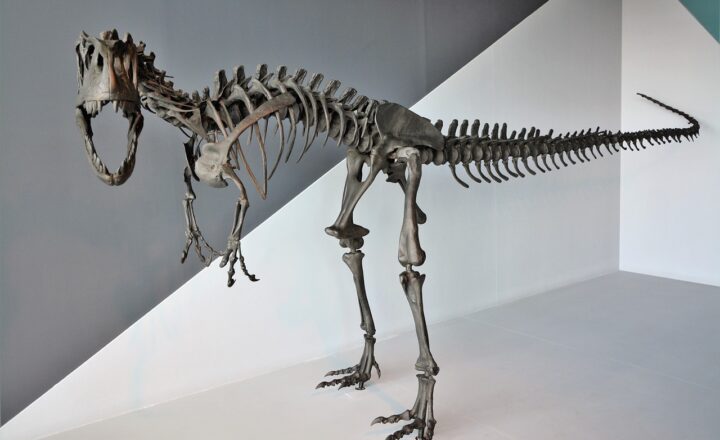Unusual Ancient Sea Creatures You’ve Never Heard Of and Their Strange Adaptations
November 14, 2024

The oceans cover about 71% of our planet, harboring a wealth of life forms, many of which existed long before humans walked the earth. Among these inhabitants are some truly bizarre and fascinating creatures that thrived in ancient marine landscapes, showcasing adaptations that are as remarkable as they are unusual.
In this article, we will explore some of the most unusual ancient sea creatures, their distinctive traits, and how they adapted to life in their respective environments. Prepare to dive deep into the history of life on Earth!
1. Hallucigenia: The Spiny Enigma
Discovered in the Burgess Shale of Canada, Hallucigenia is one of the most perplexing organisms in the fossil record. This Cambrian creature measures about two to three centimeters long and had a bizarre appearance, featuring a tubular body with multiple pairs of spiny legs. For years, scientists debated its proper orientation — some even thought that its spikes were appendages.
As it turns out, Hallucigenia walked on its spines, while its head was opposite to what many initially thought. Its adaptations likely allowed it to navigate the seafloor of its era, feeding on soft-bodied prey like mollusks and other small organisms.
2. Anomalocaris: The Ancient Predator
Anomalocaris is often regarded as one of the first great predators to roam the seas during the Cambrian Period over 500 million years ago. Measuring up to three feet in length, it sported a segmented body that was reminiscent of a giant shrimp or a modern-day cuttlefish, complete with a pair of large, compound eyes.
One of its most unusual adaptations was its specialized feeding apparatus, resembling a pair of grasping, spiny appendages used to seize its prey — other soft-bodied animals. Anomalocaris helped shape the early marine ecosystem, influencing evolutionary paths of future marine predators.
3. Plesiosaurs: The Long-Necked Marine Reptiles
Plesiosaurs were not dinosaurs but marine reptiles that swam the oceans of the Mesozoic Era. They are best known for their long necks and small heads, which gave them a unique appearance compared to other sea creatures of their time. Their bodies were usually compact, with four flippers that allowed them to glide gracefully through the water.
The adaptations of plesiosaurs were remarkable. Their long necks allowed them to reach prey such as fish and squid without much effort, and their streamlined bodies aided in efficient swimming. Additionally, their buoyancy was enhanced by specialized pulmonary adaptations that allowed them to stay submerged for extended periods.
4. Dunkleosteus: The Apex Predator of the Devonian
Dunkleosteus is a fearsome armored fish known for its immense size, reaching lengths of up to 33 feet. It lived during the late Devonian period and was a top predator of its era. What sets Dunkleosteus apart is its incredible jaw structure, which featured sharp, bony plates instead of teeth, granting it a powerful bite capable of crushing prey.
Its adaptations included an incredible speed and agility in water, making it an effective hunter. Dunkleosteus preyed on large invertebrates and other fish, leveraging its massive jaws to deliver lethal bites that accounted for its role as an apex predator in the ancient seas.
5. Opabinia: The Soft-Bodied Wonder
Another enigmatic creature of the Burgess Shale, Opabinia fascinated researchers with its unusual morphology. This Cambrian creature exhibited a soft, elongated body, five eyes, and a unique backward-facing feeding appendage resembling a scooping shovel.
Opabinia likely used its shovel-like appendage to sift through sediment and capture small marine organisms, showcasing an unusual adaptation that allowed it to thrive in its environment. Its multiple eyes also provided a comprehensive field of vision, further aiding its pursuit of food in the dark ocean depths.
6. Thylacoleo: The Extinct Marine Mammal
While often remembered as a terrestrial predator from Australia, Thylacoleo also had a lineage linked to marine adaptations. This marsupial lion exhibited remarkable features such as large claws and strong bite force, indicating it thrived in diverse habitats.
Though not confined to ocean environments, adaptations in body structure show how it may have hunted along coastal regions and fed on maritime prey. This demonstrates the evolutionary paths available to ancient mammals influenced by marine ecosystems.
Conclusion: A Vast Ocean of Diversity
Exploring the ancient seas reveals a world teeming with remarkable and strange life forms. From the spiny and enigmatic Hallucigenia to the formidable Dunkleosteus, these creatures exhibit a stunning array of adaptations that allowed them to thrive in their unique environments. The adaptations observed in these ancient marine dwellers serve as a testament to the power of evolution and the complexity of life on Earth.
As we continue to advance our understanding of marine biology and paleontology, there’s much more to uncover in the depths of history. Who knows what other unusual ancient sea creatures remain to be discovered, and what other remarkable adaptations they may reveal?
As we wrap up our exploration of unusual ancient sea creatures, it’s crucial to remember that the ocean’s history is a broad and intricate tapestry woven from countless lives and unique adaptations. Studying these adaptations not only deepens our understanding of our planet’s past but also provides valuable lessons for today’s ecological stewardship and conservation efforts.







